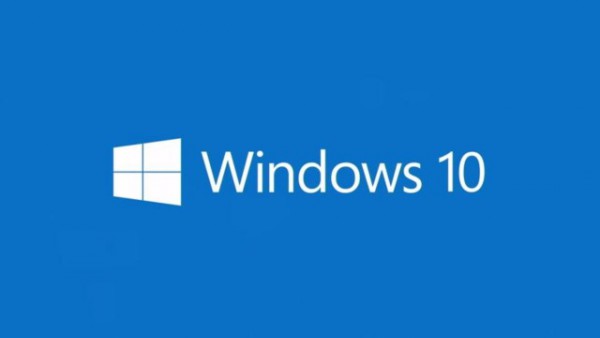
Windows 10 is free; that much we know. There was initially some confusion about the length of time for which this would be the case, but one of the biggest questions surrounding the giveaway has been 'why?'. Is Microsoft aping Apple? Does the company feel that the operating system was not good enough to warrant a price tag?
The actual reason is rather interesting, and was revealed in an interview between Satya Nadella and ZDNet's Mary Jo Foley. This is not (really) a bid to compete with Apple, nor is it (particularly) meant to encourage as many people as possible to move away from Windows XP, Windows 7, and Windows 8.1 (although this will almost certainly be a happy side-effect). Rather it is a move to boost the profile of Windows Phone.
A large part of the move towards Windows 10 has been a drive towards a uniform, cross-platform experience. Using Windows 10 on a phone, computer, or games console should feel immediately familiar, and it turns out that phones are key to the pricing decision surrounding Windows 10. Mentioning the Windows Phone 'app gap' is very much treading old ground, but it’s something that Microsoft, like users and pundits, has noticed.
Creating an ecosystem in which universal apps can exist is central to the push of not only Windows 10 for desktops and laptops, but also Windows 10 for phones. Speaking to Foley, Nadella said:
The free upgrade for Windows 10 is meant to improve our phone position.
This is a slightly odd thing to say about an operating system that is, for the most part, destined for laptops and desktop computers.
In Windows 10, Microsoft is pushing the Store more than ever -- something that clearly translates to phones as well as computers. It seems that the thinking is that by presenting the Store prominently, the hope appears to be that users will become used to the idea of downloading apps on one platform and, thanks to the presence of universal apps, titles that exist on the desktop will also be available for phones.
In Windows 10, the store is right there and done in a tasteful way. I want that to translate into success for our developers. That's what's going to get them to write to the phone. If anything, the free upgrade for Windows 10 is meant to improve our phone position. That is the reason why I made that decision. If somebody wants to know whether I'm committed to Windows Phone, they should think about what I just did with the free upgrade to Windows. [...]If you come to Windows, you are going to be on the phone, too. Even if you want to come to Windows because of HoloLens, you want to come to it because of Xbox, you want to come to the desktop, all those get you to the phone.
Will this give Windows Phone enough momentum to gain popularity? That's obviously something that remains to be seen, but Microsoft has said quite plainly that it has no plans to get out of the smartphone business.
Nadella is ambitious:
I want to be able to be present on every mobile endpoint. That's a very explicit core goal. It's not (just) the notion of having our application endpoints, Skype, Outlook, Wunderlist, Sunrise, on every one of the two billion devices. We want to have Microsoft experiences, because to me that's a platform play. It's not like, oh, they're just application endpoints. Guess what is behind those applications? It's One Cloud. It's Office 365, either for the consumer or for the enterprise. There's MSA (Microsoft Account) in there. So to me it's very important to think of our operating system more broadly than some old definition of an operating system. So we want to be in every device, not only have our application endpoints on every device.
Microsoft is looking -- with the help of, amongst other things, Continuum -- to merge the mobile and the desktop. Windows 10 is at the heart of that, and Nadella is pinning a good deal of hope on the idea that it will help to reinvigorate Windows on phones. Now Microsoft is playing the long game, and we'll just have to wait to see if it pays off.

